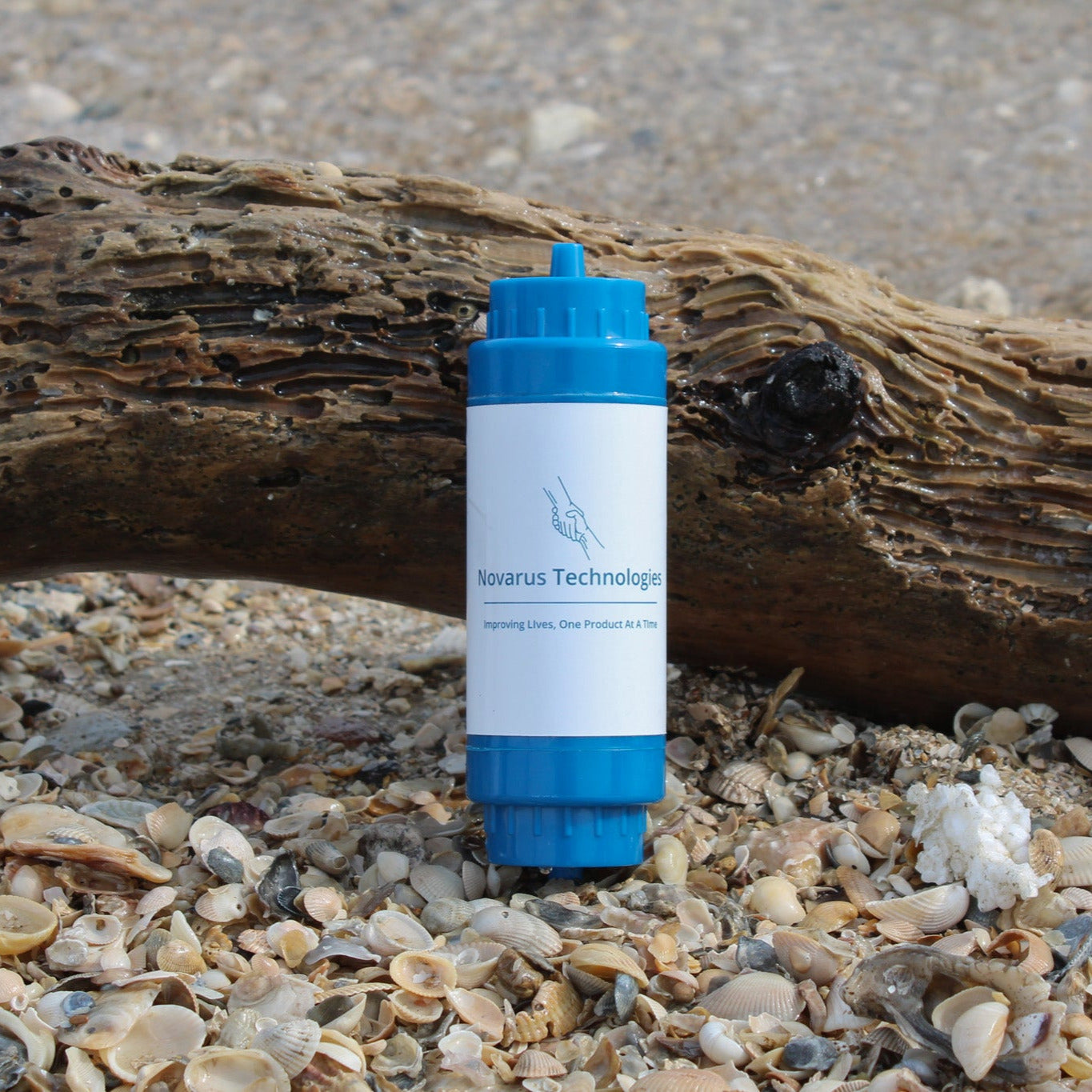Introduction
As the effects of climate change continue to unfold, it is becoming increasingly clear that hurricanes are among the most devastating natural disasters that will be amplified in intensity and frequency. The combination of rising sea temperatures, sea level rise, changes in the atmosphere, and shifts in weather patterns are all contributing to the worsening impacts of hurricanes. In this article, we will explore the various ways in which climate change influences hurricanes and discuss the implications for communities at risk.
Warmer Sea Surface Temperatures:
One of the key factors that contribute to the intensification of hurricanes is warmer sea surface temperatures. As our planet warms due to the accumulation of greenhouse gases in the atmosphere, the oceans also absorb more heat. This leads to an increase in the temperature of the sea surface, providing the fuel for hurricanes to form and strengthen.
Over the past few decades, there has been a noticeable increase in the number of major hurricanes, while the number of smaller hurricanes has decreased. This trend is attributed to the warming of sea surface temperatures. According to the National Oceanic and Atmospheric Administration (NOAA), modeling suggests that there will be an increase in Category 4 and 5 hurricanes, which are the most powerful and destructive.
Furthermore, warmer sea temperatures also contribute to the formation of wetter hurricanes. These storms are characterized by increased precipitation, resulting in heavy rainfall and the potential for catastrophic flooding. Recent examples include Hurricane Harvey in 2017, which dropped over 60 inches of rain in some areas, and Hurricane Florence in 2018, which brought more than 35 inches of rainfall. These extreme rainfall events have devastating consequences for communities in both coastal and inland areas.
Sea Level Rise:
Another critical factor that exacerbates the impact of hurricanes is sea level rise. As global temperatures rise, glaciers and ice sheets melt, causing the sea levels to rise. This rise in sea levels amplifies the destructive power of hurricanes by increasing the risk of coastal flooding and intensifying storm surge.
Coastal regions are particularly vulnerable to the effects of sea level rise. Studies have shown that higher sea levels can elevate flood elevations during hurricanes by 15-60 percent compared to conditions in the early 1900s. Hurricane Katrina, for example, demonstrated the devastating consequences of higher sea levels, with flood elevations significantly higher than they would have been a century ago. Similarly, Hurricane Sandy was estimated to have three times the likelihood of causing severe flooding due to rising sea levels at the time.
As sea levels continue to rise, the risk of coastal flooding during hurricanes will only increase. It is crucial for communities in these vulnerable areas to prepare and adapt to these changing conditions to minimize the impact on lives and properties.
Changes in the Atmosphere:
Changes in the atmosphere, such as the warming of the Arctic, are also contributing to the trends observed in hurricanes. One notable change is the slowdown in the speed at which hurricanes travel. This phenomenon, known as "stalling," subjects coastal regions to prolonged periods of high winds, heavy rainfall, and storm surge. These prolonged impacts increase the destruction caused by hurricanes, as demonstrated by recent storms in the United States.
The exact mechanism behind this slowdown is still a subject of debate among scientists. However, it is clear that the warming of the Arctic and changes in atmospheric circulation patterns play a role in altering the movement of hurricanes. As climate change continues to unfold, it is crucial to monitor and understand these changes to better prepare for the impacts of hurricanes.
Shifts in Tropical Storm Patterns:
In addition to changes in the atmosphere, the warming of mid-latitudes may also be influencing the patterns of tropical storms, leading to their occurrence at higher latitudes. While a northward shift in the location of peak intensity has been observed in the Pacific, it has not been observed in the North Atlantic, where hurricanes that make landfall in the Gulf and East Coast of the United States are generated.
However, there is still a need for further research to better understand how hurricane tracks might change in response to climate change. The potential for more storms occurring at higher latitudes increases the risk to lives and properties in areas that are not traditionally accustomed to hurricane impacts.
Implications for Communities:
The increasing intensity and frequency of hurricanes due to climate change have significant implications for communities at risk. To avoid the worst impacts moving forward, it is crucial for both coastal and inland areas to become more resilient. This involves implementing measures to reduce vulnerability and enhance adaptive capacity.
Coastal communities need to develop robust coastal defense systems, such as sea walls and natural barriers, to mitigate the impact of storm surge and coastal flooding. Additionally, zoning regulations should be updated to prevent further development in high-risk areas and promote sustainable land use practices.
Inland communities also need to take steps to prepare for the increasing risk of heavy rainfall and flooding associated with hurricanes. This includes improving storm water management systems, implementing floodplain management strategies, and enhancing early warning systems.
Furthermore, individuals and households need to be educated about the risks and take proactive measures to protect themselves and their properties. This includes having emergency plans in place, securing necessary supplies, and staying informed through reliable sources during hurricane events.
Conclusion:
As climate change continues to unfold, the impacts of hurricanes are becoming more severe and costly. Warmer sea surface temperatures, sea level rise, changes in the atmosphere, and shifts in tropical storm patterns all contribute to the intensification and frequency of hurricanes. These trends pose significant challenges for communities at risk, both coastal and inland. However, by implementing proactive measures and building resilience, communities can minimize the impact of hurricanes and protect lives and properties. It is crucial for individuals, communities, and policymakers to work together to address the challenges posed by climate change and hurricanes, ensuring a safer and more sustainable future for all.


